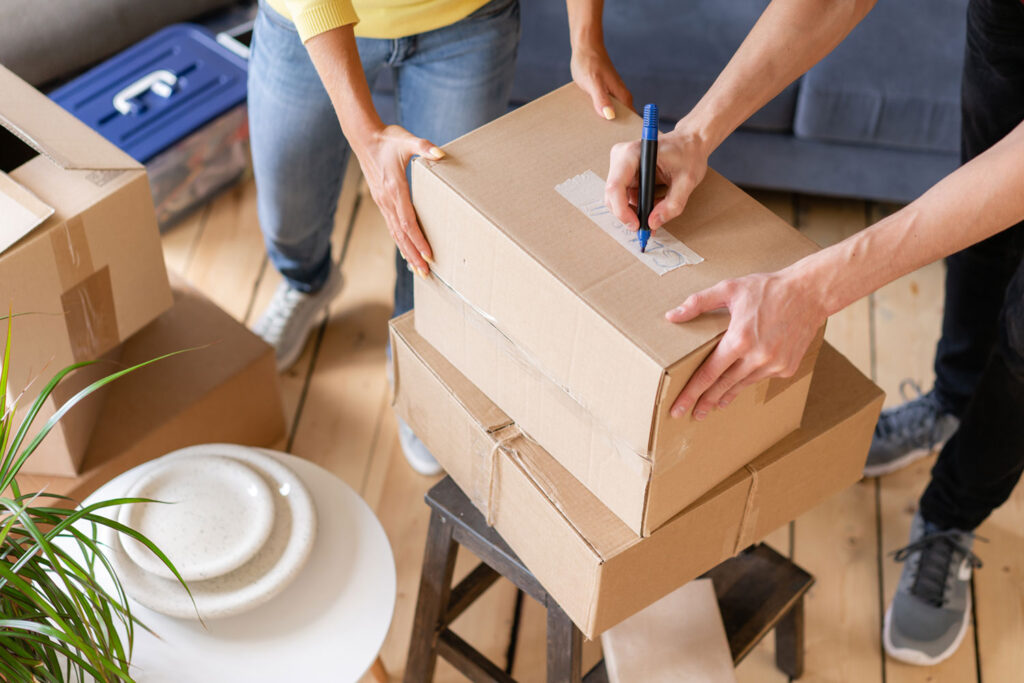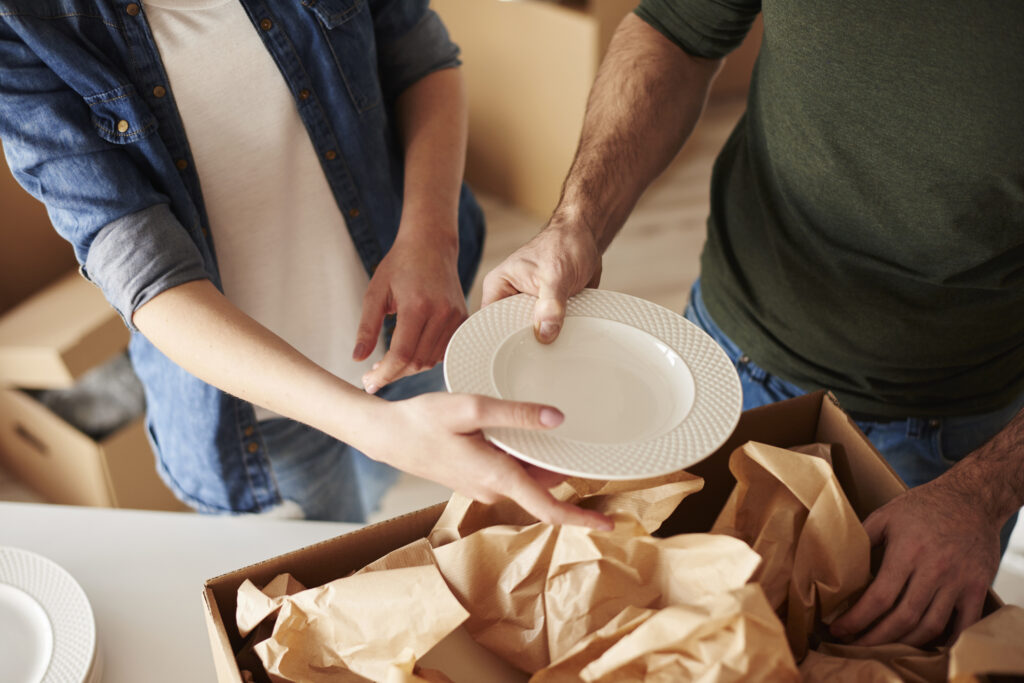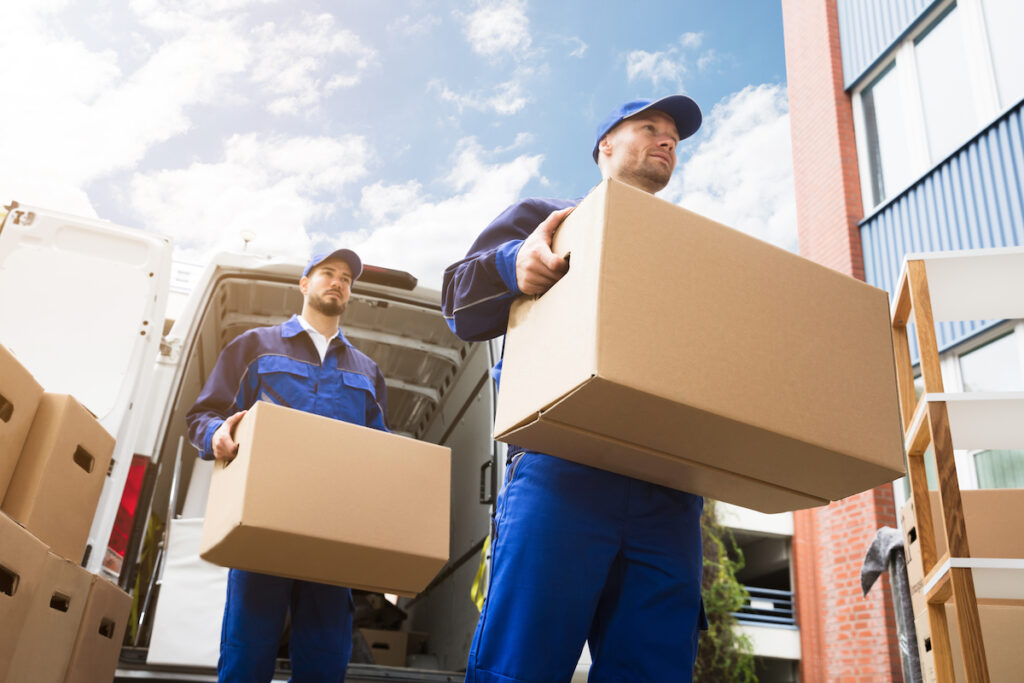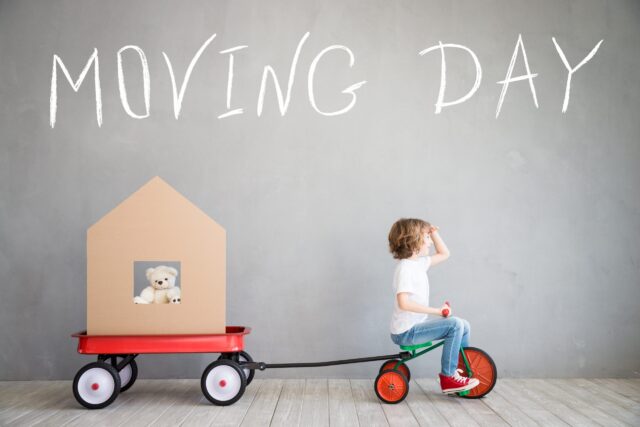Moving to a new home or office is an exciting chapter in life, but it can also be a daunting task. One of the key challenges is packing your belongings efficiently and ensuring they reach your destination unharmed.
We will delve into the art of packing and provide you with proven strategies to make your move smooth and stress-free.
We’ll share valuable tips and techniques to optimize space, protect your items, and save valuable time during the packing process. So, let’s dive in!
Planning for Success

Assessing your Belongings
Before you start packing, take the time to assess your belongings. Categorize them based on fragility, size, and importance. By understanding the nature of your items, you can determine the best way to pack and protect them during the move.
Creating a Packing Timeline
To avoid last-minute rush and chaos, it’s crucial to create a realistic packing timeline. Break down the packing process into manageable tasks and allocate sufficient time for each area of your home or office. This will help you stay organized and reduce stress throughout the moving process.
Gathering Supplies
Ensure you have all the necessary packing supplies before you begin. Make a comprehensive list of items such as sturdy boxes, bubble wrap, packing tape, markers, labels, and any specialized materials needed to protect fragile items. Being well-prepared with the right supplies will streamline your packing process.
Sorting and Decluttering

Sorting through your Belongings
Moving presents an excellent opportunity to declutter and let go of items you no longer need or want. Take the time to sort through your belongings and separate them into categories: keep, sell, donate, or discard. This will not only reduce the number of items you have to pack but also simplify the unpacking process at your new place.
Selling or Donating Unwanted Items
When decluttering, consider selling or donating items that are in good condition but no longer serve a purpose for you. Organize a garage sale, post items online, or donate them to local charities. Not only will this lighten your load, but it will also benefit others in need.
Organizing Important Documents
Amidst the chaos of packing, it’s crucial to keep important documents safe and easily accessible. Gather essential documents such as passports, licenses, contracts, and financial records. Place them in a secure folder or box that you carry with you personally during the move.
5 Efficient Packing Techniques

1. Room-by-room Approach
When packing, it’s best to tackle one room at a time. This approach helps maintain organization and minimizes confusion. Start with the least frequently used areas and gradually move towards the more essential parts of your home or office.
2. Maximizing Box Space
To optimize space and reduce the number of boxes needed, employ space-saving techniques. Roll clothes instead of folding them, nest smaller items inside larger ones, and fill gaps with soft items like clothing or towels. This not only saves space but also provides extra padding for your belongings.
3. Fragile Items
Take extra care when packing fragile items. Wrap each delicate item individually with bubble wrap or packing paper. Place them in sturdy boxes and label them as “fragile” to ensure they receive special attention during the move. Additionally, consider using extra padding, such as blankets or towels, to protect delicate items from impacts.
4. Electronics and Cords
To avoid a tangled mess, organize cables and cords before packing your electronics. Use cable ties or label them to ensure easy identification during unpacking. Taking the time to organize cords will save you from the frustration of untangling a jumble of wires at your new place.
5. Packing Heavy Items
When packing heavy items such as books or appliances, distribute the weight evenly across boxes. Reinforce the bottom of the boxes with extra tape to prevent breakage or collapse. Remember, lighter items can be packed together, while heavier items should be packed in smaller boxes to avoid overburdening a single box.
Labeling and Inventory

Labeling System
Implementing a clear and consistent labeling system is essential for a smooth move. Use color-coded labels or markers to indicate which room each box belongs to. Additionally, write a brief description of the box’s contents. This will help you and your movers identify where each box should be placed in your new home or office.
Inventory Checklist
Maintain a detailed inventory list of all your packed items. Number each box and note down its contents on your checklist. This will serve as a valuable reference during unpacking and help ensure that no items are misplaced or left behind during the move.
Important Essentials Box
Pack a separate box with essential items that you’ll need immediate access to upon arrival at your new place. Include toiletries, medications, a change of clothes, chargers, and any other items you might require within the first day or two. Keep this box with you personally during the move to ensure it doesn’t get mixed up with other packed items.
Protecting Fragile and Valuable Items

1. Artwork and Mirrors
Valuable artwork and mirrors require special care to prevent damage. Use specialized packing materials such as mirror boxes, corner protectors, and bubble wrap to safeguard these delicate items. Place them in boxes that are specifically designed to protect them during transportation.
2. Glassware and Dishes
When packing fragile glassware and dishes, wrap each item individually with bubble wrap. Stack them vertically in boxes and use dividers or packing paper to separate each piece. Fill any remaining gaps with packing material to prevent shifting and potential breakage during transit.
3. Furniture Protection
Disassemble furniture if possible, and protect each piece during transportation. Use furniture covers or blankets to prevent scratches and damage. Take extra care with wooden furniture by applying protective wax or wrapping it with furniture pads. Remember to label any disassembled parts to aid in reassembly at your new location.
Loading and Unloading

1. Loading the Moving Truck
When loading your belongings into the moving truck, maximize space by strategically arranging boxes and furniture. Place heavier items at the bottom and distribute weight evenly to ensure stability. Use straps or bungee cords to secure larger items and prevent shifting during transit.
2. Unloading and Unpacking
Upon arrival at your new home or office, start unloading and unpacking based on your immediate needs. Begin with essential items, such as your important essentials box, and gradually move on to other areas. Take your time to unpack and organize systematically to avoid feeling overwhelmed.
7 Tips for Choosing a Reputable Moving Company

While packing is a crucial part of the moving process, choosing a reputable moving company is equally important. Here, we’ll provide you with essential tips for finding a trustworthy moving company that suits your needs.
1. Researching Moving Companies
Start by researching moving companies in your area. Look for companies with a solid reputation and positive customer reviews. One way to find reliable movers is by utilizing trusted resources such as Adams Van Lines, a reputable moving company with a track record of providing excellent service.
2. Reading Reviews and Testimonials
Before making a final decision, take the time to read reviews and testimonials from previous customers.
3. Checking Licensing and Insurance
Ensure that the moving company you choose is licensed and insured. Licensing ensures that the company operates legally, while insurance protects your belongings in case of any damage or loss during the move.
4. Getting Multiple Quotes
To make an informed decision, obtain multiple quotes from different moving companies. Compare the prices, services offered, and any additional charges or fees. Keep in mind that the lowest price may not always guarantee the best service. Consider the overall reputation and professionalism of the company as well.
5. Seeking Recommendations
Ask friends, family, or colleagues who have recently moved for recommendations. Personal referrals can provide valuable insights and help you find trustworthy moving companies.
6. Verifying Credentials
Before finalizing your decision, verify the credentials of the moving company. Check if they are a member of reputable organizations such as the American Moving and Storage Association (AMSA). Membership in such organizations indicates a commitment to high professional standards.
7. Getting a Written Contract
Once you’ve selected a moving company, ensure that you get a written contract that clearly outlines the details of the move, including the services provided, the agreed-upon price, pickup, and delivery dates, and any additional terms or conditions. Review the contract carefully before signing to avoid any surprises.
FAQs

How Far in Advance Should I Start Packing Before My Move?
It’s best to start packing at least a few weeks before your move. This will give you enough time to sort through your belongings, declutter, and pack efficiently without feeling rushed.
Should I Hire Professional Packers or Pack Myself?
The decision depends on your budget and personal preference. Hiring professional packers can save you time and ensure expert handling of your belongings. However, if you prefer a hands-on approach and want to save money, packing yourself can be a viable option.
How Can I Protect My Valuable and Sentimental Items During the Move?
For valuable and sentimental items, consider transporting them personally, if possible. Alternatively, use specialized packing materials, such as cushioned boxes, bubble wrap, and packing peanuts, to provide extra protection during transit.
What Should I Do With Hazardous Materials or Items That Cannot Be Moved?
Hazardous materials, such as chemicals or flammables, should not be packed or transported. Properly dispose of them according to local regulations. If there are items that cannot be moved, such as large appliances, make arrangements with the buyer or seller for their removal or delivery.
How Can I Make Unpacking Easier and More Organized?
Labeling your boxes with clear descriptions of their contents and the room they belong to will greatly aid in unpacking. Start with essential items first and gradually unpack room by room, organizing items as you go. Having a plan and staying focused will make the unpacking process more efficient.
Master the Art of Packing for a Smooth Move
Congratulations! You’ve now learned the art of packing with proven strategies for an efficient and damage-free move. By following the tips and techniques outlined in this guide, you’ll be well-prepared to embark on your moving journey.
Remember to plan ahead, declutter, use efficient packing techniques, label boxes, and protect fragile items. With these strategies in your arsenal, your move will be a breeze. Happy packing and best wishes for your new adventure!







